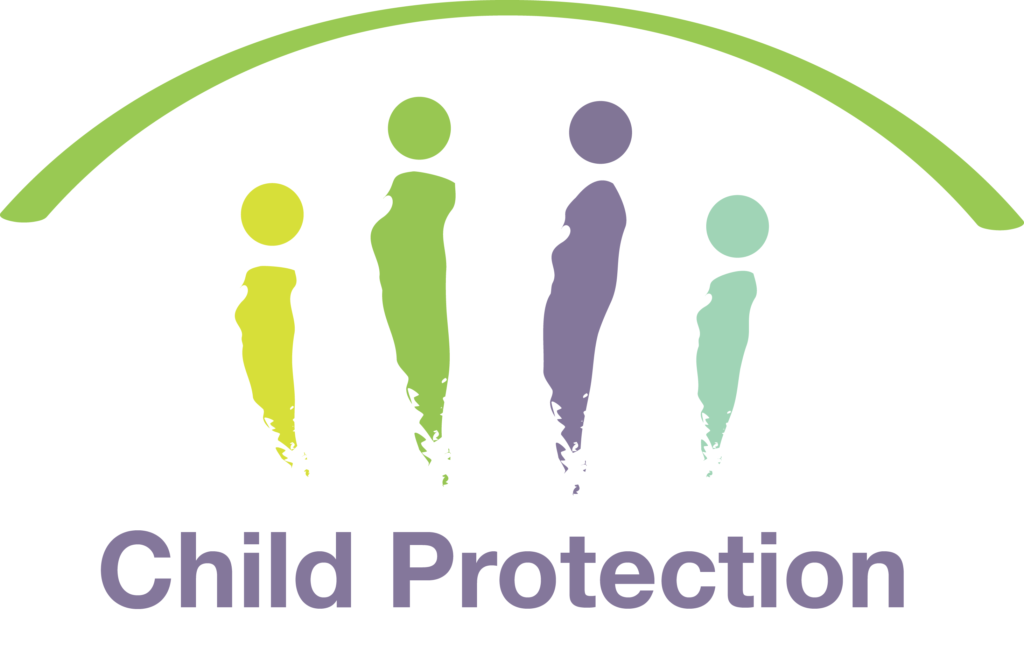
In England, the Department of Education (DfE) is responsible for the protection of children and therefore sets out legislation, policy and statutory guidance for the protection of children. In June 2018, the local safeguarding children’s boards were replaced by the safeguarding partners, responsible for child protection policy. These safeguarding partners include the local authority, the police, and the clinical commissioning group. These partners work together to ensure the effective protection of the welfare of children.
Reporting Concerns
All people and organizations working with children in England are expected to report concerns about a child’s welfare to the relevant agencies. For example, the DfE spells out in its policies and laws the mandatory requirement for all regulated health and social care professionals as well as teachers to report cases of female genital mutilation to the police.
The following are just some of the things you can do if you suspect a child is in danger:
- Call the police on 999 and share your concerns with them
- Contact your local child protection services. You can find the contact information on the website for the local authority the child resides in.
Referrals and Investigations
The Department of Education also identifies the crucial importance of providing early help to promote the welfare of children. Under this mandate, local organizations and agencies need to work together to;

- Identify children and families that would benefit from early assistance
- Carry out an assessment to determine the scope of the problem
- Provide any necessary and targeted early help services
If the child is in immediate danger, the following actions can be taken;
- An emergency order can be granted to remove the child to a safe place
- An exclusion order can be issued to remove the abuser from the child’s home
- A child’s assessment order can be issued to enable a children’s social worker to access the child’s needs without the parent’s consent.
- The police can also remove a child to a safe place for 72 hours without having to obtain a court order.
If the child is not in immediate danger then the child will be assessed under section 17 of the Children Act 1989. For more information, here’s a link to child protection solicitors in London.
Child Protection Measures
When necessary, a child protection plan, outlining the action steps to be taken to keep the child safe is put in place. At certain times, the assessment may determine that the parents are unable to provide a safe environment in which case a local authority will take the child into care.

Under section 20 of the Children Act 1989, a child may also be taken into care voluntarily. In this case, the local authority will provide suitable living conditions for children who don’t have a place to live or no one to care for them. The courts can also issue placement or adoption orders in cases where the child’s parents or caregivers can no longer be involved in the child’s life.
Legislation and Guidance
The Children Act 1989 sets out the legal framework for child protection in the UK. Its key principles include the paramount nature of the child’s welfare and the expectations and requirements around duties of are to children. The Children Act of 2004 further reinforces this commitment and encourages partnerships between agencies to promote more accountability.
Both these acts were amended by the Children and Social act 2017 which among other provisions established the Child Safeguarding Practice Review Panel, tasked with reviewing and reporting on serious child protection cases.














